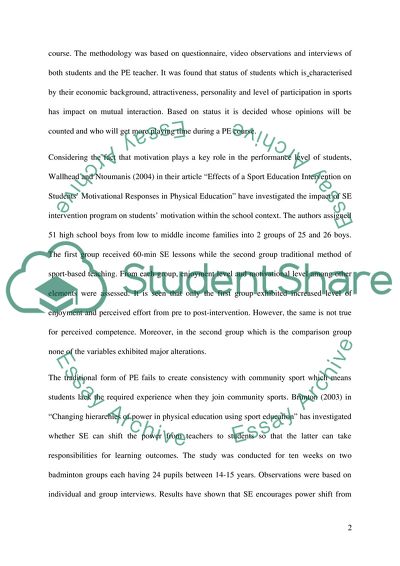Cite this document
(Great Enthusiasm in Sport Education Coursework Example | Topics and Well Written Essays - 3500 words, n.d.)
Great Enthusiasm in Sport Education Coursework Example | Topics and Well Written Essays - 3500 words. https://studentshare.org/education/1843948-enthusiasm-in-sport-education
Great Enthusiasm in Sport Education Coursework Example | Topics and Well Written Essays - 3500 words. https://studentshare.org/education/1843948-enthusiasm-in-sport-education
(Great Enthusiasm in Sport Education Coursework Example | Topics and Well Written Essays - 3500 Words)
Great Enthusiasm in Sport Education Coursework Example | Topics and Well Written Essays - 3500 Words. https://studentshare.org/education/1843948-enthusiasm-in-sport-education.
Great Enthusiasm in Sport Education Coursework Example | Topics and Well Written Essays - 3500 Words. https://studentshare.org/education/1843948-enthusiasm-in-sport-education.
“Great Enthusiasm in Sport Education Coursework Example | Topics and Well Written Essays - 3500 Words”. https://studentshare.org/education/1843948-enthusiasm-in-sport-education.


